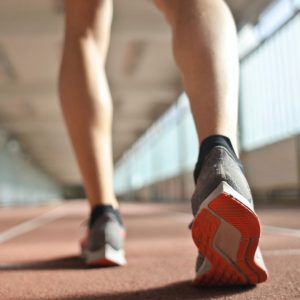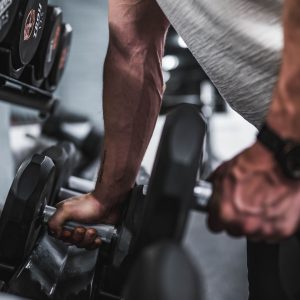17 Dec A Stretching Sequence For Runners
A Stretching Sequence For Runners
Stretching can not only improve performance but it can also help and prevent injuries that come with being a runner.
Stretching helps relieve soreness and tension in your hardworking muscles but it also restores your range of motion, so you can run better the next time you hit the road, track or treadmill.
Downward Dog
Downward dog is a great stretch to lengthen the back of the legs (hamstrings) the calves and the arches of your feet. It also helps lengthen the spine and release tension in the lower back.
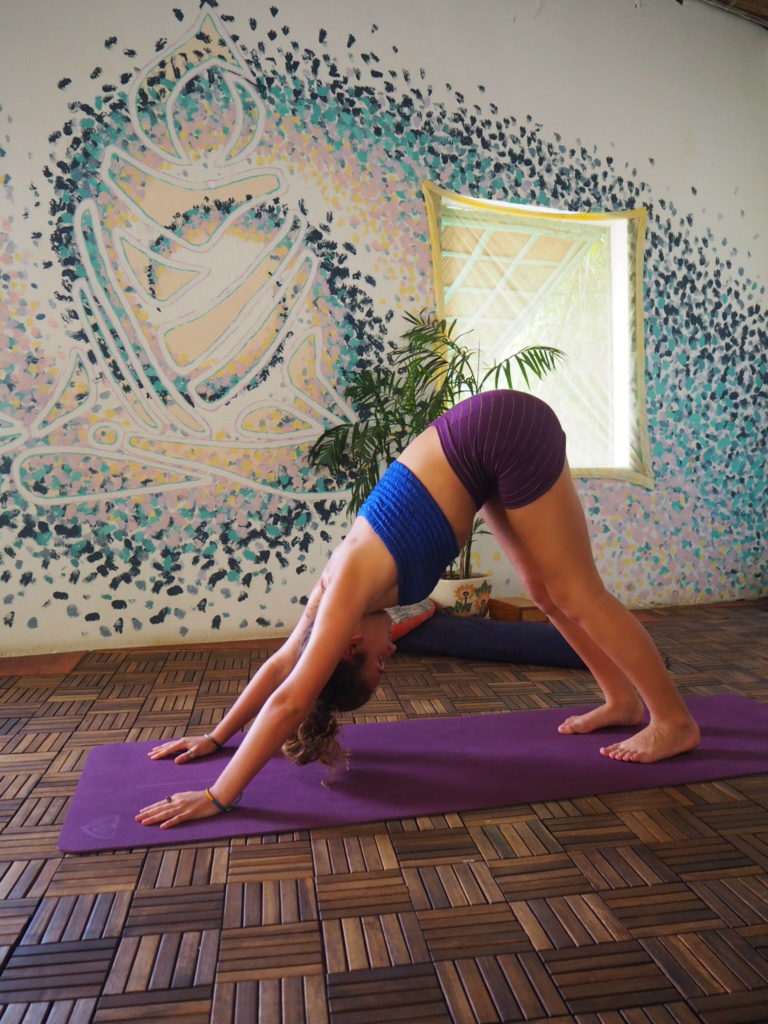
Come onto the floor on your hands and knees. Bring your knees directly below your hips and your hands slightly forward of your shoulders. Spread your fingers apart, thumbs facing each other in the centre and try to press the entire finger into the mat not just the finger tips. Inhale, tucking your toes under.
Exhale and lift your knees away from the floor, lifting your tailbone to the ceiling. At first keep the knees slightly bent and the heels lifted away from the floor and walk your dog, pressing one heel to the floor them releasing pressing the other heel to the floor. Repeat this a few times on each side.
Then with an exhalation, press your heels towards the floor, turn your toes in slightly and heels out. Pull up the muscles on the front of your legs to create length down the back of the legs.
Roll the outer arms in towards the centre of the body and press the palms and fingers equally into the mat. Flatten your shoulder blades against your back, then widen them and draw them toward the tailbone as you press your chest and belly towards the top of your legs. Keep the head between the upper arms; don't let it hang.
Low Lunge
Low Lunge is a great pose to open the muscles in the hips and groin. It helps stretch the muscles on the front of the legs (quadriceps) and encourages a full range of motion in the lower body.
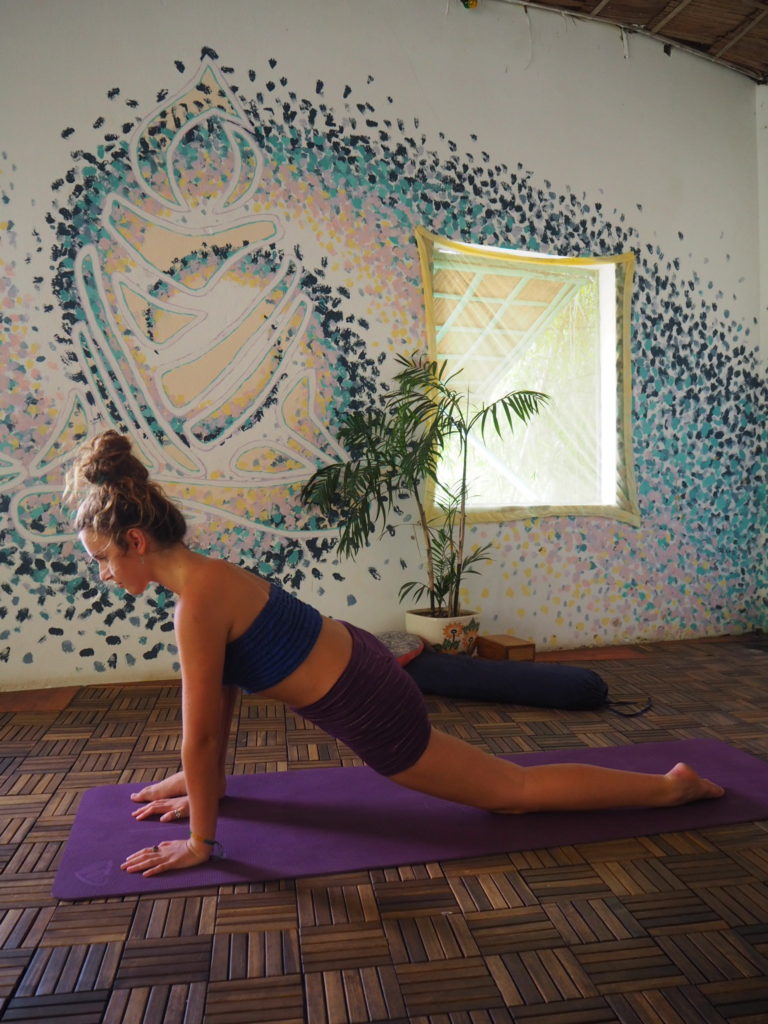
From Downward facing Dog inhale and lower your knees back down onto the floor, under your hips. Come up to kneeling and take a big step forward with your right foot, aligning the right knee over the heel. Keeping the right knee fixed in place, slide the left back until you feel a comfortable stretch in the left front thigh and groin. Hold here for 10 deep, full breaths.
If you would like to go further into the stretch, bring your hands to floor on the inside of the right foot and let the hips sink towards the floor with every exhale.
Come back to kneeling and then step the left leg forward and repeat on the other side for the same, 10 deep full breaths.
Toe Pose
Helps prevent plantar fasciitis by stretching the shins and arches of the feet.
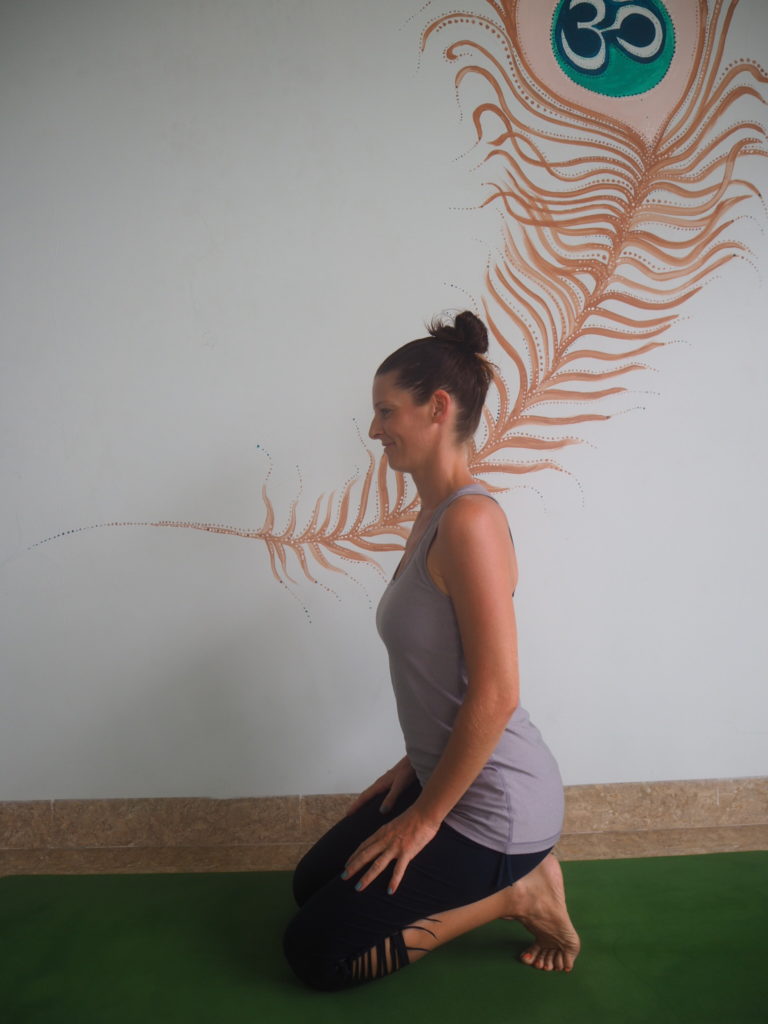
Kneel on your mat with your toes curled under. Sit back on your heels (you can place a yoga block or pillow between your heels and butt). Hold the stretch for 10 deep, full breaths. Then, release toes, flatten the tops of the feet on the floor, place your hands on the mat behind you, and lean back as you attempt to lift your knees off the mat. If your knees don’t come far up, don’t worry. You’ll still feel a nice stretch in your shins and arches. Hold the stretch for 10 deep, full breaths.
Reclined Pigeon
This stretch is perfect for tight hips because it stretches the hip rotators (the buttocks area) and the hip flexors (the long muscles that run along the front of your thighs and pelvis).
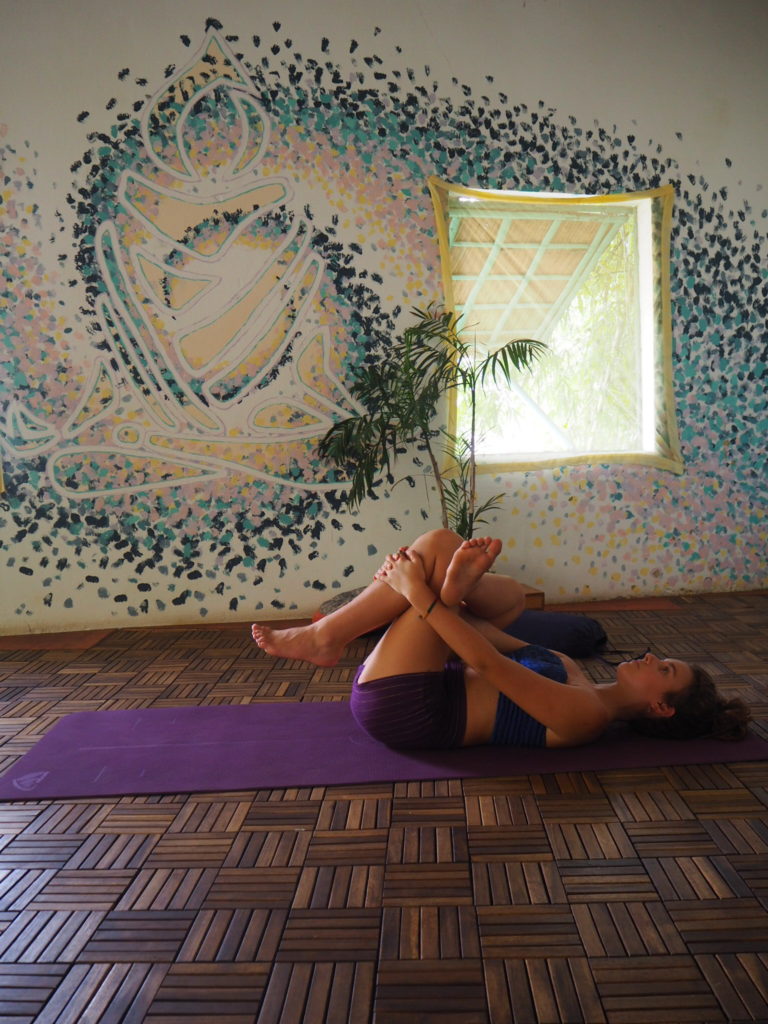
To begin, come onto your back with your knees bent and your ankles and thighs parallel and hip-distance apart. Next, cross your left ankle over your right thigh, making sure that your anklebone clears your thigh and flex your left foot by pulling your toes back.
From this position you can either gently push your left knee away from the centre of your body with your left hand and breath here for 10 full, deep breaths or thread your left arm through the triangle between your legs and clasp your hands around the back of your right leg. If you can hold in front of your shin without lifting your shoulders off the floor or rounding the upper back, do so; otherwise, keep your hands clasped around your hamstring or use a strap.
You want to avoid creating tension in the neck and shoulders as you open the hips, so choose a position that keeps your upper body relaxed. As you draw your right leg in toward you (making sure to aim it toward your right shoulder and not the centre of your chest), simultaneously press your left knee away from you. This combination of actions should provides a good stretch, but if you don't feel much, try releasing your pubic bone down away from your navel toward the floor. This will bring a bit more curve into your lower back and should deepen the hip stretch.
Repeat on the other side holding for an equal amount of time.

